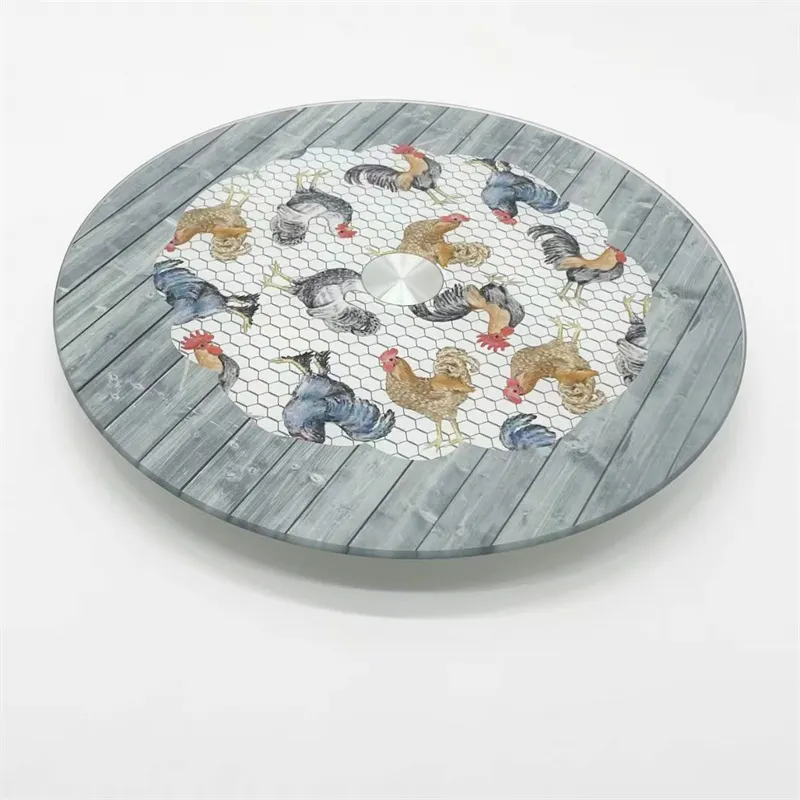Nov . 24, 2024 16:05 Back to list
what does laminated glass mean
Laminated glass is a type of safety glass that is composed of two or more layers of glass interlayered with a durable plastic material, typically polyvinyl butyral (PVB) or ethylene-vinyl acetate (EVA). This unique construction offers several vantagens over traditional glass, making it an increasingly popular choice in a variety of applications, from architecture to automotive design.
One of the primary benefits of laminated glass is its enhanced safety features. In the event of breakage, the layers of glass remain bonded to the interlayer, preventing the glass from shattering into sharp shards. This reduces the risk of injury, making laminated glass an ideal choice for environments where safety is a concern, such as schools, hospitals, and public buildings. Furthermore, the interlayer also provides additional protection against penetration, which is particularly valuable in commercial settings or for applications like bulletproof glass.
.
Additionally, laminated glass offers improved UV protection. The interlayer can block up to 99% of harmful ultraviolet (UV) rays, which can cause skin damage and fade furniture, artworks, and carpets. This makes laminated glass particularly suitable for applications in homes and businesses where preserving interior aesthetics and ensuring safety from UV exposure are essential.
what does laminated glass mean

Moreover, laminated glass can provide enhanced thermal insulation. The design can lead to improved energy efficiency by minimizing heat loss through windows. This characteristic is especially beneficial in regions with extreme weather conditions, contributing to reduced energy costs and promoting sustainability.
The aesthetic aspect of laminated glass should not be overlooked. It is available in various finishes, colors, and patterns, allowing designers and architects to create visually appealing facades and interiors. This versatility enables the material to blend seamlessly with various design themes, whether modern, traditional, or contemporary.
In terms of applications, laminated glass is widely used in various sectors. In architecture, it is commonly seen in storefronts, skylights, and curtain walls, enhancing both structural integrity and aesthetics. In the automotive industry, laminated glass is predominantly used for windshields, providing passenger safety and comfort. Furthermore, it finds applications in furniture design, shower doors, and even in the creation of art installations, showcasing its versatility.
In conclusion, laminated glass represents a significant advancement in glass technology, offering a multitude of benefits ranging from safety and acoustic performance to UV protection and energy efficiency. As the demand for durable, aesthetically pleasing, and functional materials continues to grow, laminated glass stands out as a prime choice for architects, designers, and consumers alike. Its blend of performance and design flexibility makes laminated glass a key component in the pursuit of safer, more efficient, and more beautiful living and working environments.
-
Safety and Style with Premium Laminated Glass Solutions
NewsJun.24,2025
-
Reinvents Security with Premium Wired Glass
NewsJun.24,2025
-
Premium Float Glass Line for Modern Architecture
NewsJun.24,2025
-
Low Emissivity Glass for Energy-Efficient Architecture
NewsJun.24,2025
-
High-Performance Insulated Glass Solutions for Modern Architecture
NewsJun.24,2025
-
Elevates Interior Style with Premium Silver Mirror
NewsJun.24,2025
Related PRODUCTS














